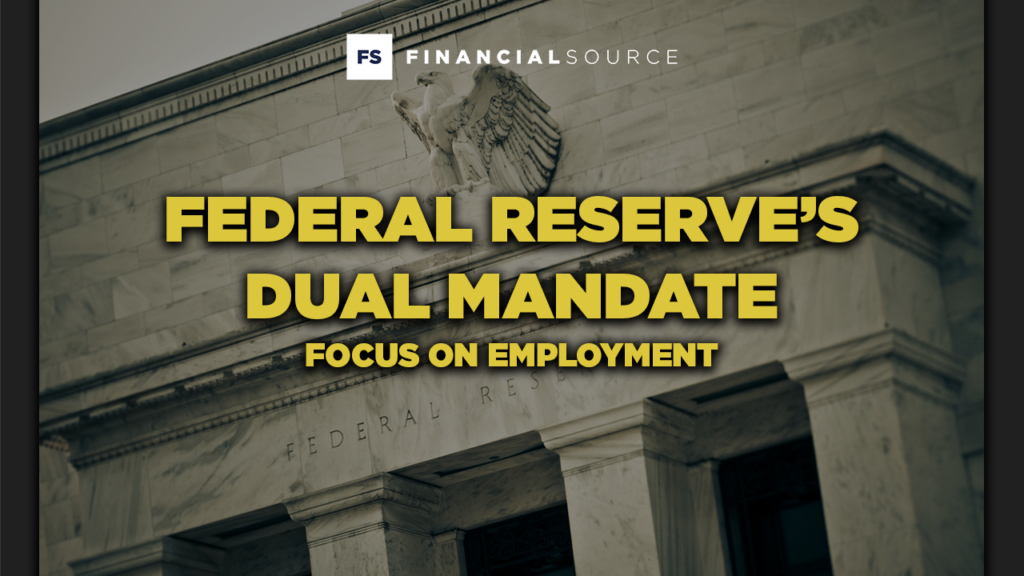Federal Reserve’s Dual Mandate: Focus on Employment

The Federal Reserve’s dual mandate of promoting maximum employment and maintaining stable prices has long been a balancing act. Traditionally, inflation has been the primary concern, especially in periods where price levels were rising rapidly, threatening the purchasing power of consumers and the broader economic stability. However, in the current economic climate, inflation appears to have stabilized, allowing the Federal Reserve to shift its focus more heavily towards the labor market. This shift is not just a subtle change in emphasis but a potentially significant pivot that could reshape market behavior in the months ahead.
The labor market, often seen as a lagging indicator, is now at the forefront of the Fed’s considerations. Early signs of weakness in employment data, such as the recent uptick in continuing jobless claims, have caught the attention of policymakers and market participants alike. These signals suggest that the labor market, which had shown remarkable resilience during the recovery phase post-pandemic, may be starting to lose steam. The implications of a softening labor market are profound, particularly in the context of the Federal Reserve’s decision-making process.
Short-term interest rate markets are already responding to these developments by pricing in up to four rate cuts by the end of the year. This expectation of a more accommodative Fed stance is based on the assumption that the central bank will prioritize job preservation and creation over its fight against inflation, which now seems to be under control. For the stock market, particularly equities like the S&P 500, this evolving narrative is highly supportive. Lower interest rates generally reduce the cost of borrowing for companies and consumers alike, fostering an environment conducive to economic growth and higher corporate earnings.
The coming weeks will be pivotal as traders and investors digest new data and the Fed’s response to these changing economic dynamics. The potential for sustained bullish momentum in the stock market hinges on how this dual mandate is managed. If the Fed can successfully navigate the delicate balance between supporting employment and keeping inflation in check, we could see a prolonged period of equity market strength. However, any misstep—such as a delay in responding to worsening employment data or an unexpected resurgence in inflation—could introduce significant volatility.
Moreover, this focus on the labor market is not occurring in isolation. Global economic conditions, geopolitical risks, and domestic fiscal policies all intersect with the Fed’s objectives, adding layers of complexity to the situation. For traders, this means that staying informed and agile is more critical than ever. The Fed’s policy adjustments will likely continue to be a major driver of market sentiment, and those who can accurately anticipate or quickly react to these shifts will be better positioned to navigate the potentially turbulent waters ahead.
In summary, the Federal Reserve’s increased emphasis on the labor market over inflation marks a significant shift in its policy focus. This change is already influencing market expectations and could lead to further rate cuts, supporting the stock market. However, the path forward is fraught with uncertainty, making it essential for traders to closely monitor how the Fed’s dual mandate evolves in response to ongoing economic developments.